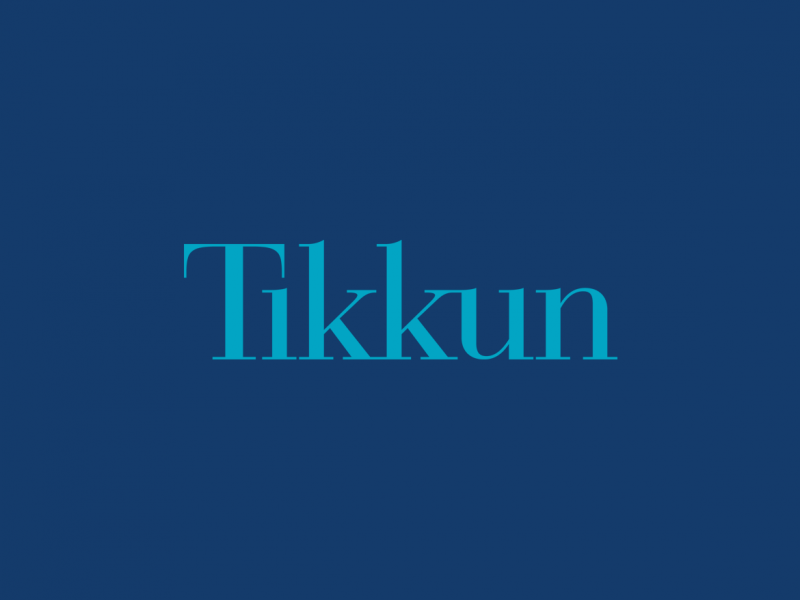During the fall of 2005, I (Rita) was employed by the Oakland Unified School District as a case manager working with students and their families who were referred for expulsion. My job was to create a paradigm shift within the school context by introducing restorative justice as an alternative to the traditional discipline system. Together, we began the restorative justice journey at Cole.
2012
Decolonizing Restorative Justice
|
As with any victim-offender situation, restorative justice processes begin when the perpetrators of harm acknowledge what they did and take responsibility for the harms they caused. If the restorative justice movement fails to address the colonial crimes embedded in our history, it will risk losing credibility in this country, as it seems to have already done in Canada. Restorative justice does not have to be hijacked into being an accomplice to colonization, for its roots are not there.
2012
Confronting Sexual Assault: Transformative Justice on the Ground in Philadelphia
|
What would happen if our responses to sexual assault came from a vision of the world we want to live in? Applying a transformative justice approach to the issue of sexual assault means working to support individual survivors while building real options for safety, justice, and healing outside of punitive and disciplinary state systems.
2012
A New Vision for Correctional Officers
|
In this article we share our experience, as longtime developers of restorative practices in a San Francisco County Jail, of the deputized staff who have assisted in bringing about a new vision. We recognize how a profession that is unavoidably brutal can, with the right institutional leadership, encouragement, and training, take steps toward becoming the noble vocation that many correctional officers long for it to be.
2012
Healing From and Unlearning Violence
|
What does it mean to make accountability not a buzzword but a solid foundation for a life path? True accountability requires an offender to commit to entering those deep, dark, scary, shut-down places and attempt to heal. Healing is hard work.
2012
The Restorative Impulse
|
There is a deep human yearning for connection and community. Restorative practices offer a pathway for shifting social structures to be more responsive to that need.
2012
What’s Love Got To Do With It?
|
While several hhttps://www.tikkun.org/newsite/wp-admin/themes.php?page=custom-headeristorical antecedents converged to give rise to the restorative justice movement, the Civil Rights Movement was a principal contributor, having a defining impact on its thrust and spirit. I believe we have forgotten our recent historical roots. I believe we have not learned from the history of the peace, women’s, and environmental movements’ initial failures to intentionally engage issues of race.
2012
Controversies Around Restorative Justice
|
Most articles in this issue come from progressive and radical activists, scholars, lawyers, and teachers who are writing wholly from within the restorative justice movement. So with one foot planted inside the restorative justice movement as a student and the other in more journalistic territory, I am hoping to offer a different perspective: a beginner’s birds-eye glance at some of the controversial issues both outside and within the movement, and at factors that may be enabling it to gather traction.
2012
Restorative Justice: Some Facts and History
|
The overuse of prison and extended probation casts a long shadow that devastates families and communities throughout the country. Restorative justice is a fast-growing state, national, and international social movement and set of practices that aim to redirect society’s retributive response to crime. It attends to the broken relationships between three players: the offender, the victim, and the community.
2012
From Individual Rights to the Beloved Community: A New Vision of Justice
|
The United States itself was founded on a principle of human freedom that presupposed an inherent antagonism between self and other, a belief that the essential meaning of liberty was that we need to be protected against other people. Yet as we now look out at and live within the envelope of the world we have thus created, we must come to realize by a kind of evolution or enlightenment—by “waking up”—that the liberal framework, the framework of separation, is not only inadequate but harmful.
2012
Walking Toward Conflict
|
At the top of one of Rio de Janeiro’s favela shantytowns—one of several recently occupied by heavily armed military police units—an uneasy gathering begins. This simplest, most ancient of social patterns describes an intention—to recognize the other, to share meaning, to invite truth-telling. Guided by precise questions drawn on the wall for all to see, the participants edge forward in that most counter-intuitive of social discourses: dialogue.
Articles
A Populist Assault on Judicial Independence: Newt Gingrich, Recep Tayyip Edrogan, and Benjamin Netanyahu
|
It is not unusual to see politicians in the U.S. chastising courts for rulings that contravene their party’s interests or ideology, but the recent proposals from Republican candidates would undermine the critical and constitutional independence of the courts. Similar assaults on the courts being carried out by conservative governments in Turkey and Israel are important as cases of these Republican policies being executed.
2012
After Twenty-Six Years in Prison: Reflections on Healing
|
I want to stop violence, stop violent crime. I won’t live long enough to see that happen if it’s even possible, but I don’t think that my God requires of me that I see the possibility of it but that I do the work.
Articles
Unnecessary Vengeance
|
As the nation and world viewed the unconscionable execution of Troy Davis on September 22, Americans were once again dragged through a profoundly painful morality play that left many of us bitter, ashamed, conflicted, polarized, and disillusioned once again at our inability to respond to the trauma of human suffering. This state-sponsored killing underscores the urgent need for us to rethink our ideas about revenge.
2011
The Master’s Mehserle Can Never Dismantle the Master’s House
|
The emphasis on the conviction and sentencing of Johannes Mehserle, the BART police officer who shot and killed Oscar Grant, an unarmed black man, in Oakland on New Year’s morning, 2009, is actively preventing us from addressing the real systemic sickness that led to this death and many millions gone.

